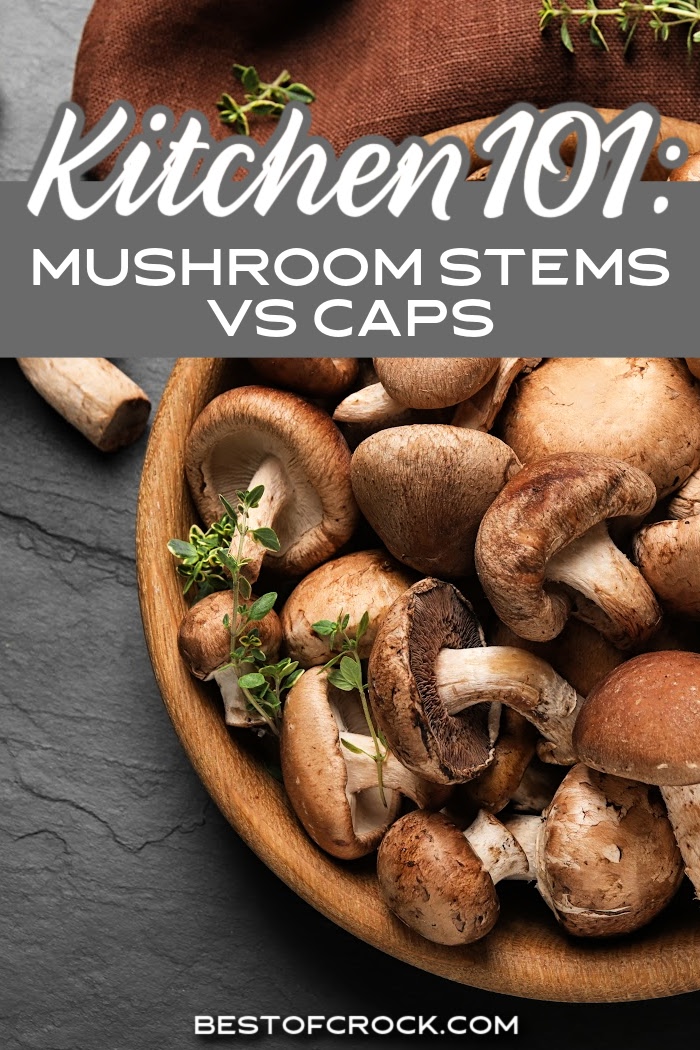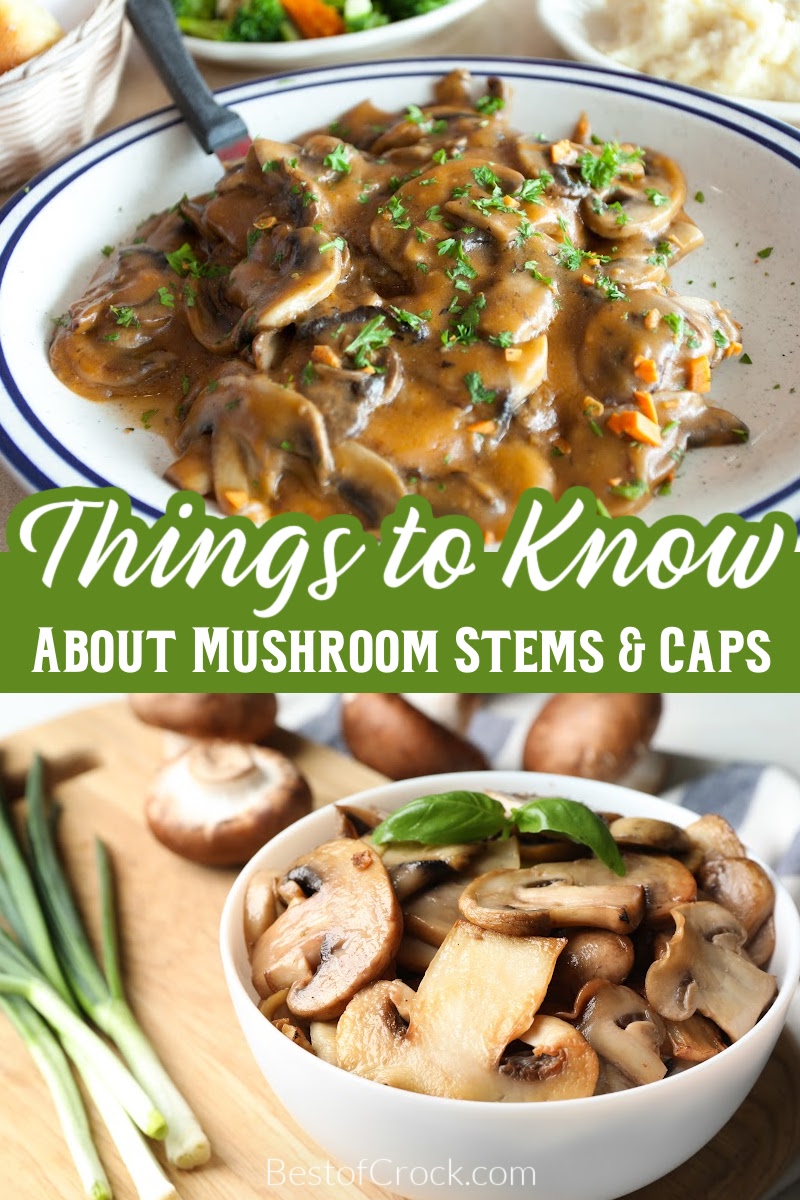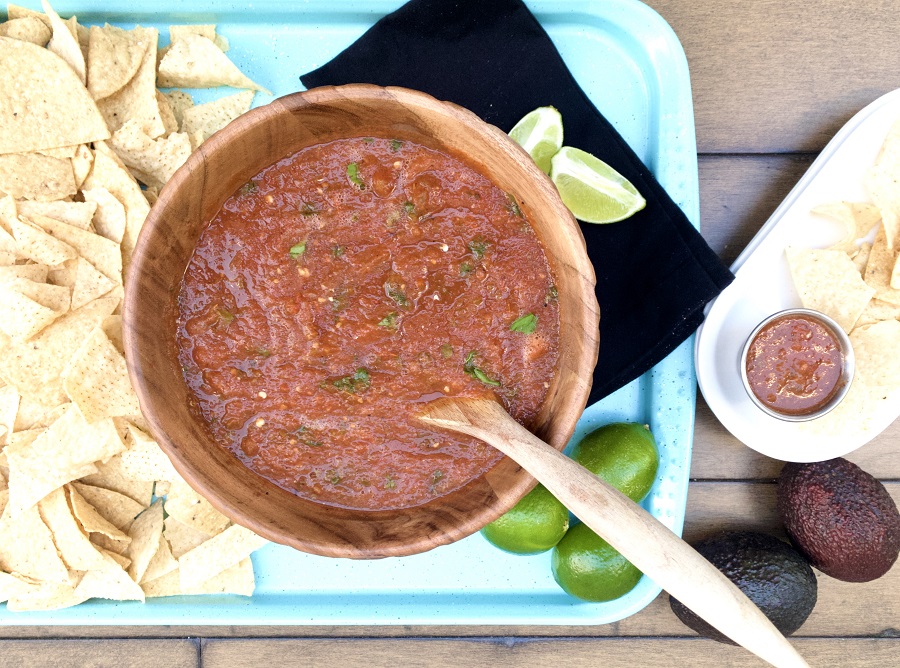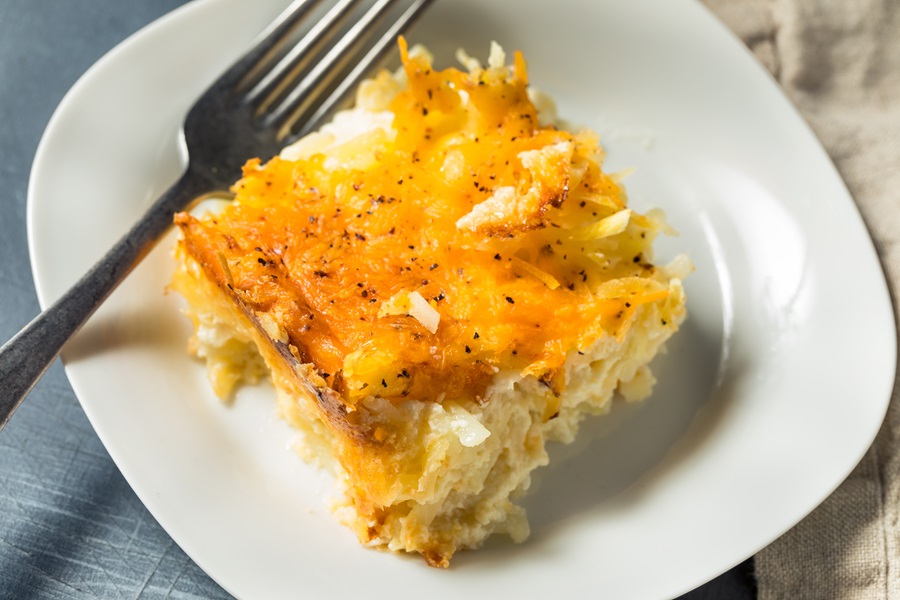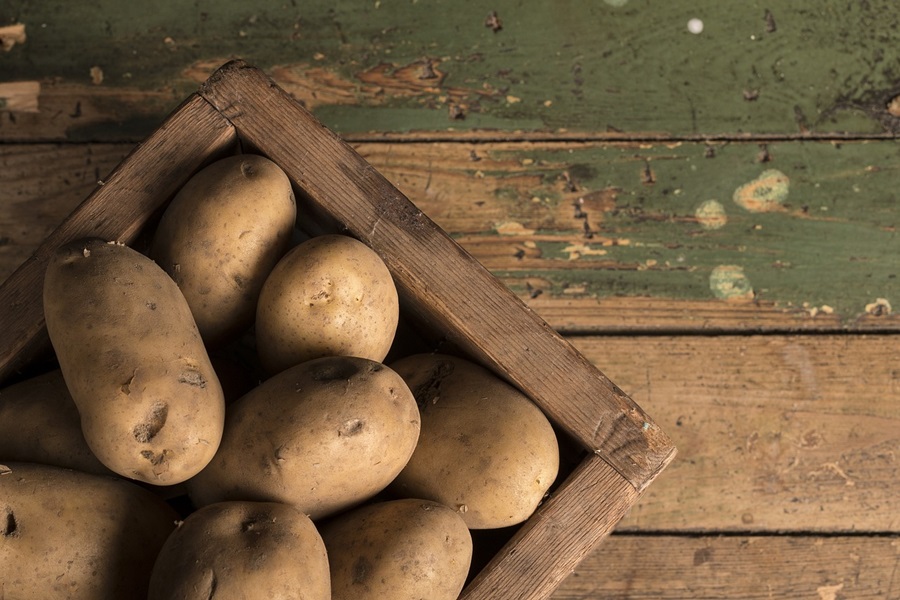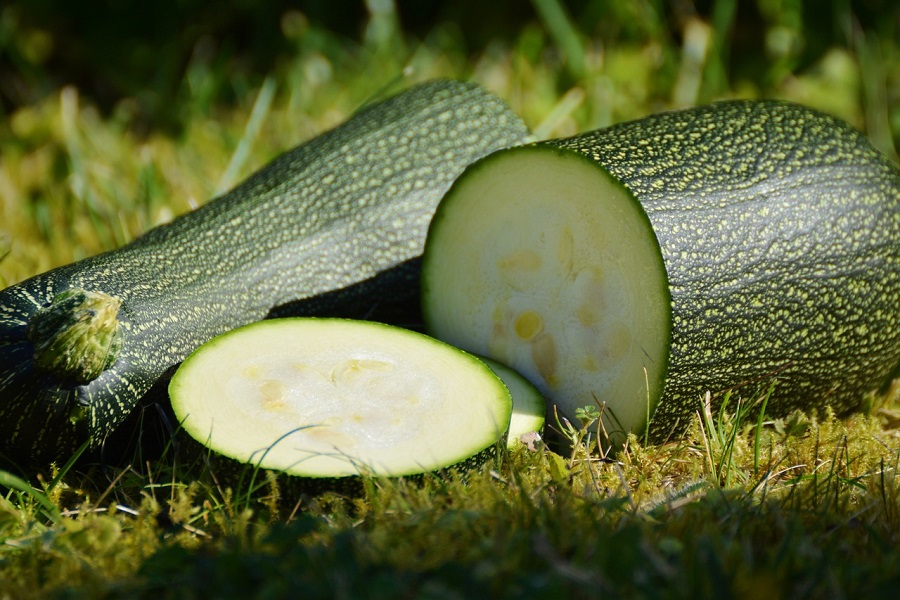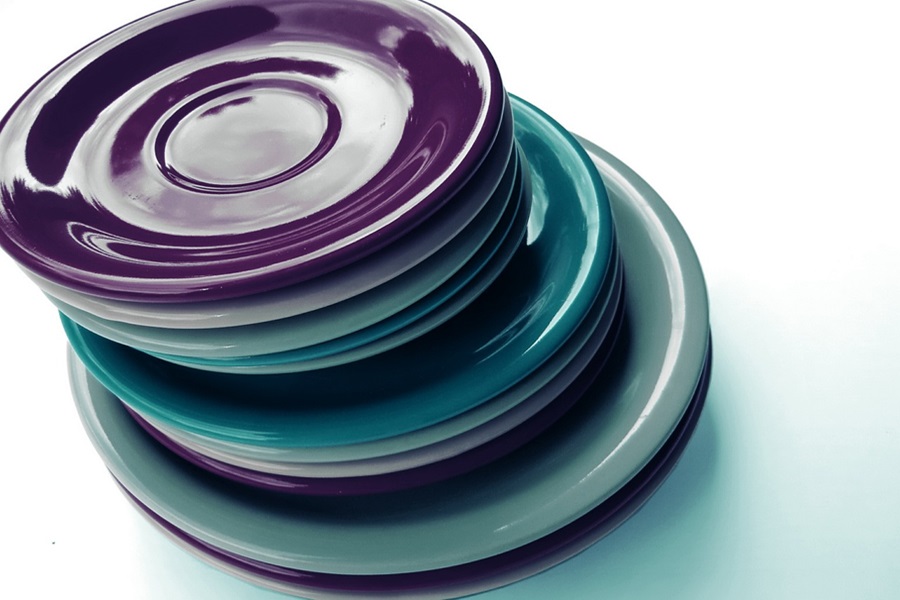Mushroom Caps vs Stems Cooking Tips
We use mushrooms in many different recipes. But cooking with mushrooms sometimes feels like a waste because the recipes don’t call for stems. Mushroom caps vs stems cooking tips could help us ditch the waste and make mushrooms feel more valuable.
Knowing these mushroom caps vs stems cooking tips can help you add flavor to delicious recipes and enjoy more parts of a unique ingredient in global cuisine. Mushrooms are unique ingredients found in some familiar dishes in the United States.
They aren’t plants, but they also aren’t animals. Mushrooms are fungi that grow in particular conditions. Most mushrooms are considered edible, though some are considered poisonous.
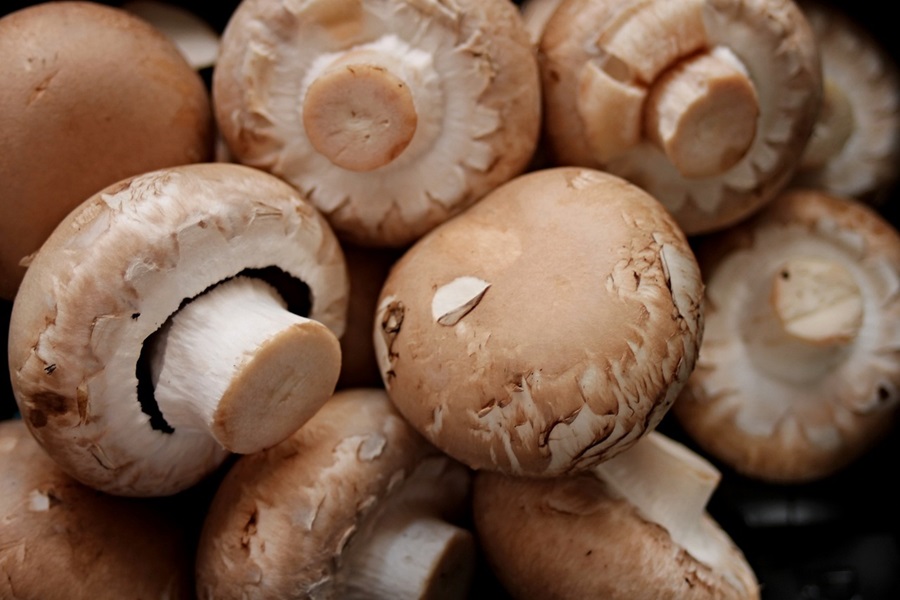
There are more than 250 different mushroom types that are considered dangerous to eat. Luckily, none of those poisonous mushrooms enter the world of cuisine. Still, we come across recipes with mushrooms that call for the stem to be removed.
The question is, why do we have to remove the stem? Is it dangerous to eat? The answer will depend on the mushroom, but more importantly, it will come down to use and preference.
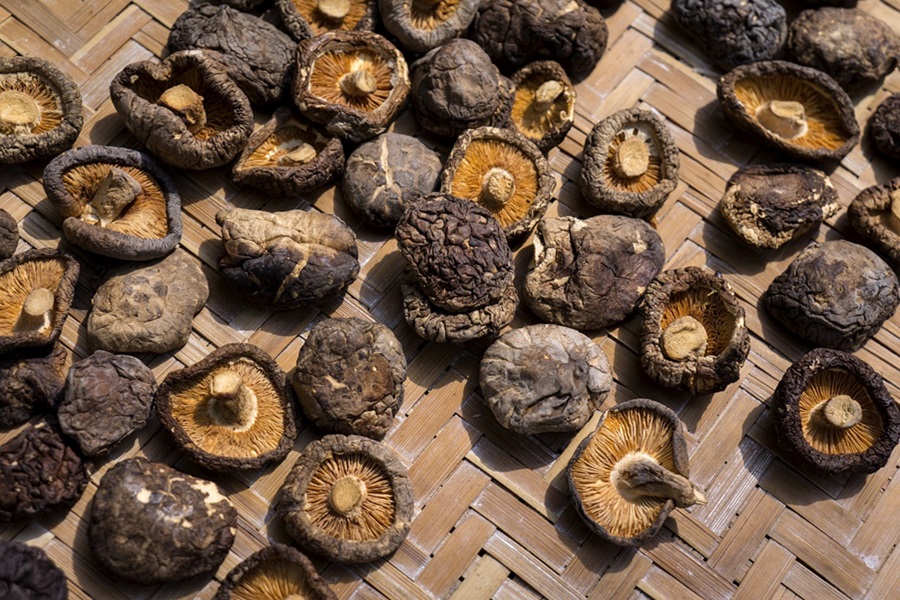
Mushroom caps vs stems cooking tips may help reduce kitchen waste and increase some nutrients in your diet. But things are never so black and white; things get complicated when we realize how many different types of mushrooms are out there.
Just to blow your mind, our world has over 14,000 different species of mushrooms. Doing the math, that means around 1,300 are considered safe to eat. That’s a lot of information you would need to know to go foraging for your own mushrooms.
Luckily, we don’t all have to forage for our own mushrooms. Instead, we can rely on our local grocery stores for safe mushrooms to eat. Is there something better we could do with our mushroom stems?
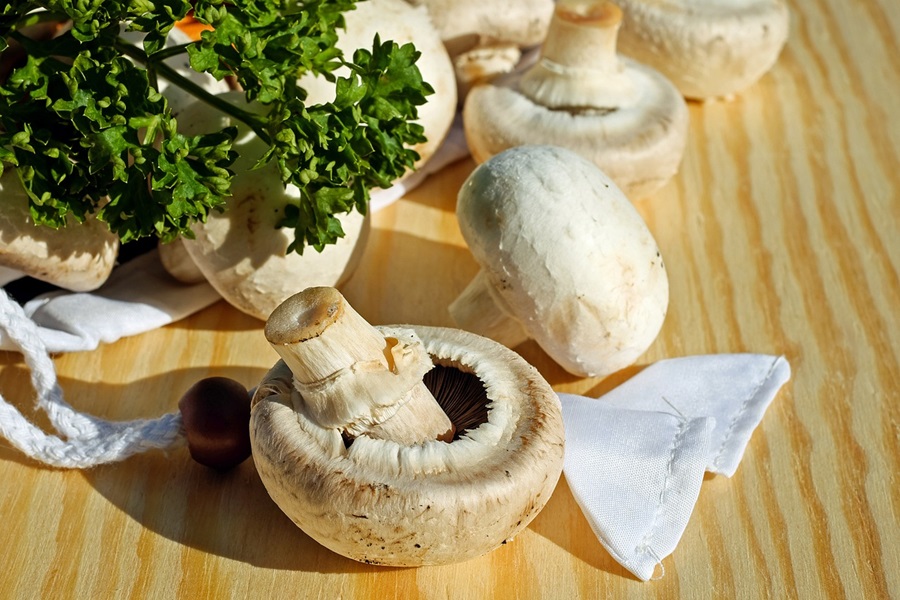
Mushroom Caps vs Stems Cooking Tips
The most important thing to remember is that some mushrooms are poisonous. However, we do not include toxic mushrooms in cuisine; no edible mushroom has any poison. The stems of the mushrooms we eat are not poisonous either.
The first tip for eating mushrooms is to cook them first. Raw mushroom stems have chitin in the cell walls. Chitin is a fibrous substance that makes mushrooms difficult for us to digest.
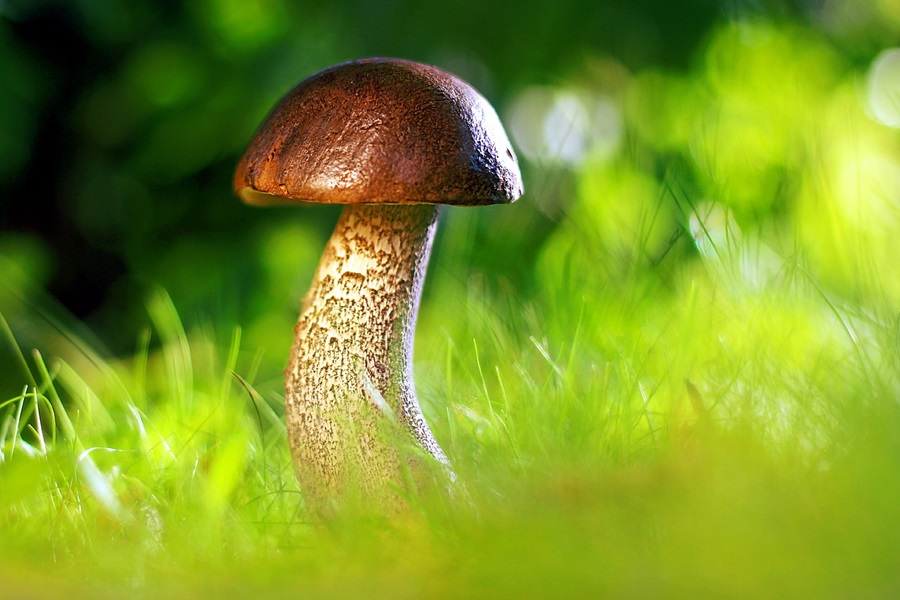
Cooking the mushroom stems will break down the chitin and make mushroom stems easier to digest. You may come across some mushrooms with a small amount of a toxin called agaratine.
Agaratine is a toxin that is believed to produce cancer in the bladder in high amounts. The good news is that cooking those mushrooms will break down the agaratine and render the mushrooms safe to eat.
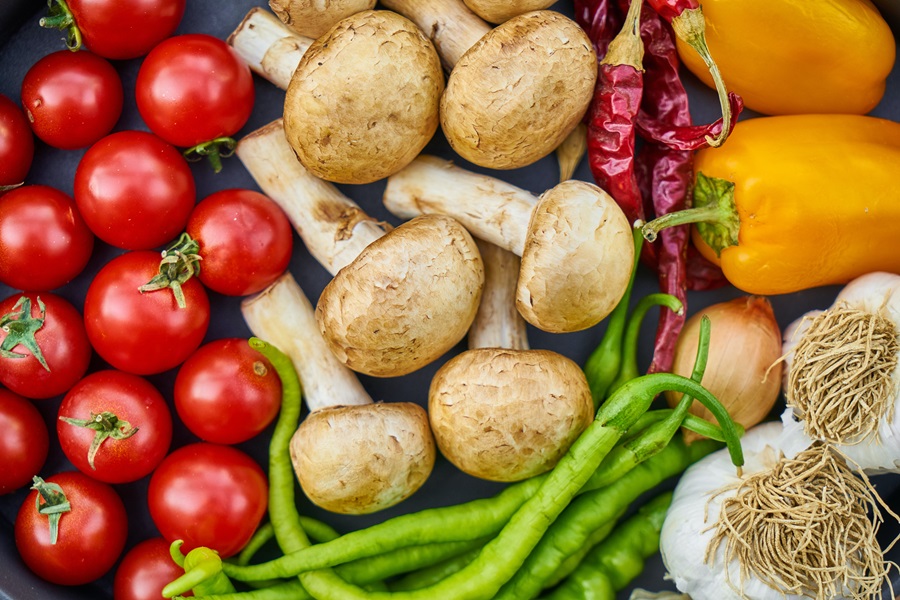
Tips for Eating Mushroom Stems
Can you eat mushroom stems? Yes, so long as the mushroom is edible and not poisonous. But there is a reason most recipes call for the stems to be removed. Mushroom stems are the most fibrous part of a mushroom.
They will taste the same as the caps in most instances, like with portabella, chestnut, cremini, white button, porcini, and chanterelle mushrooms. The problem is that they are more fibrous and aren’t as tender as the caps.
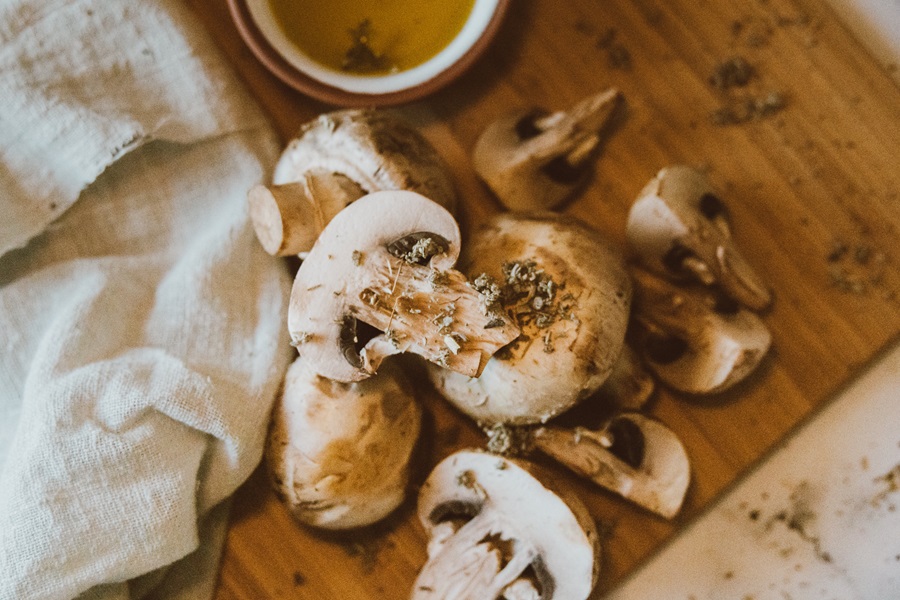
The difference in consistency is why most recipes ask for the stems to be removed. We should always follow recipes as closely as possible, so feel free to remove those stems. Just don’t throw them away.
There are other uses for those edible stems that can help us be less wasteful. Some mushrooms have stems that have no flavor at all. Shiitake mushroom stems are a great example.
Shiitake stems are edible, but they have a woody texture and taste that makes them less enjoyable and virtually unusable—virtually, being the keyword. Even woody, tasteless shiitake mushrooms can offer benefits.
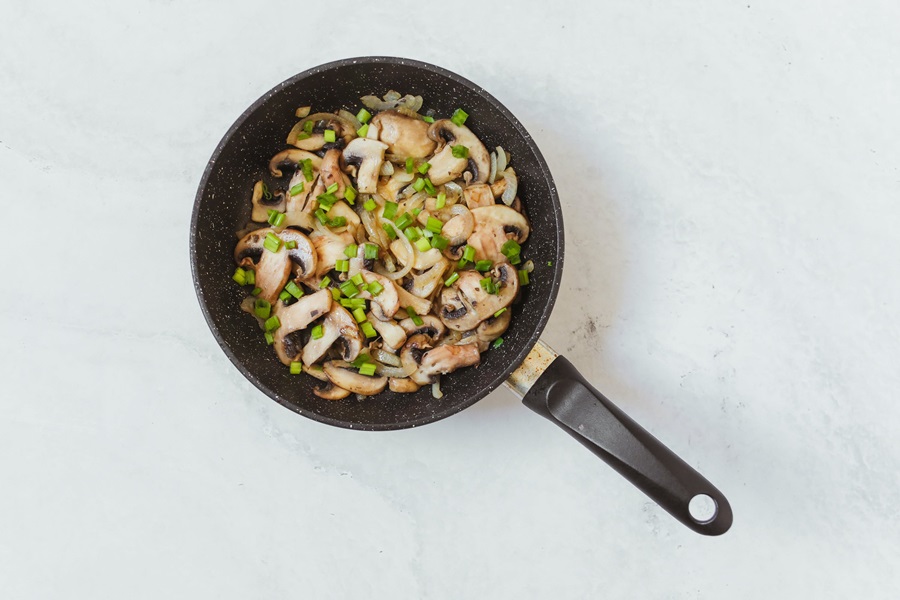
Edible Mushroom Stem Uses
Mushroom caps vs stems cooking tips are about something other than being wasteful with our ingredients. Instead, we want to find a purpose for those stems that are considered edible, but that might ruin the texture of our dish.
The significant differences between the caps and the stems are solely texture-based in most cases. Which means we can use that texture differently. We can revitalize the high potential of the stems in another great way: duxelles.
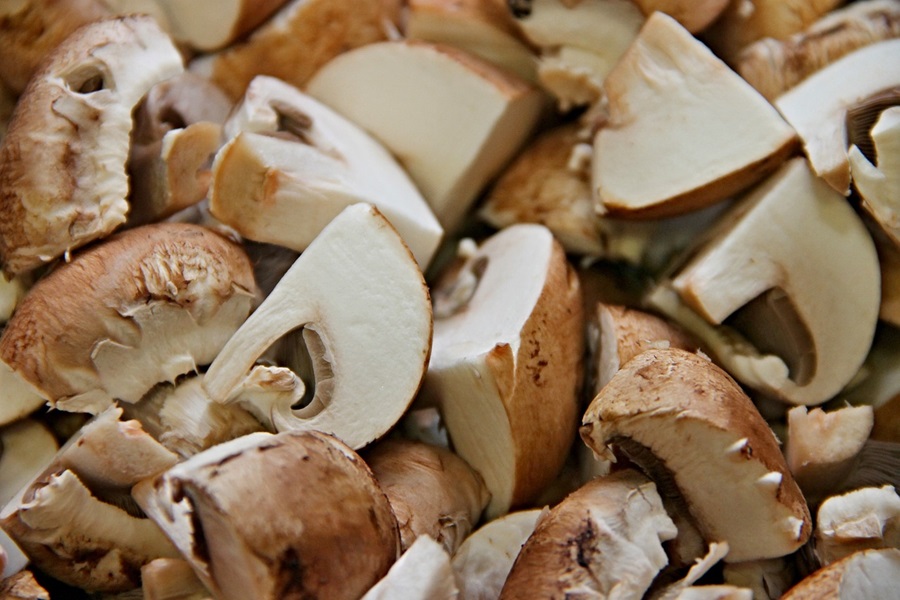
Duxelles is a classic French preparation of mushrooms with stems. They are finely chopped, then sauteed over medium heat, and turned into a paste-like mixture. Duxelles are often used in things like beef wellingtons.
But this paste is one of many options. You can use the stems in a mushroom stuffing or soup, in a heavy ragu sauce, or blended to make a burger patty. The easiest way to use stems, including woody stems like on the shiitake mushroom, is in stock.
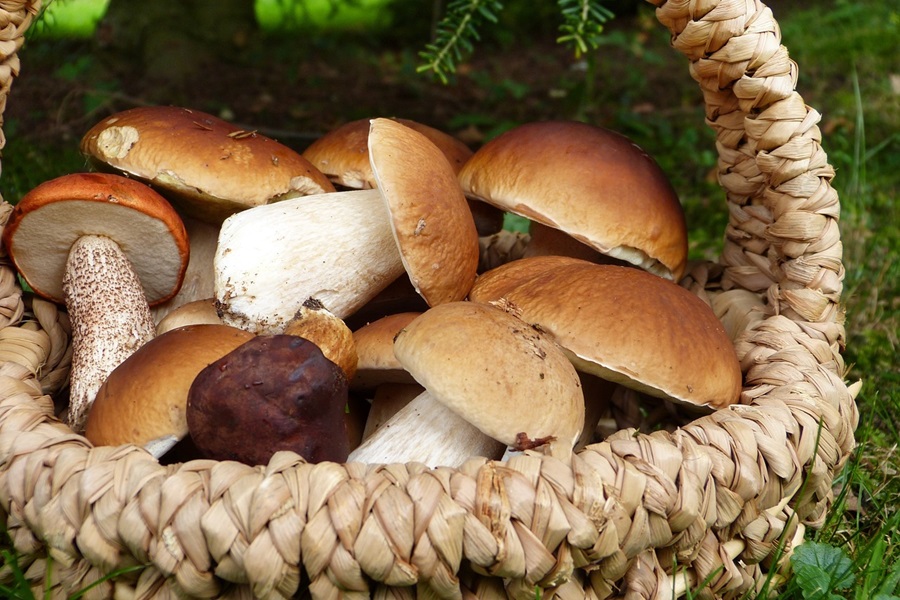
Mushroom stock will get most of the flavor in the stock from the caps, but the stems will add even more nutrients. This means there’s no reason to toss the stems, even if a recipe doesn’t require them.
Instead, use them in stock, paste, or sauce so we use the entire mushroom.
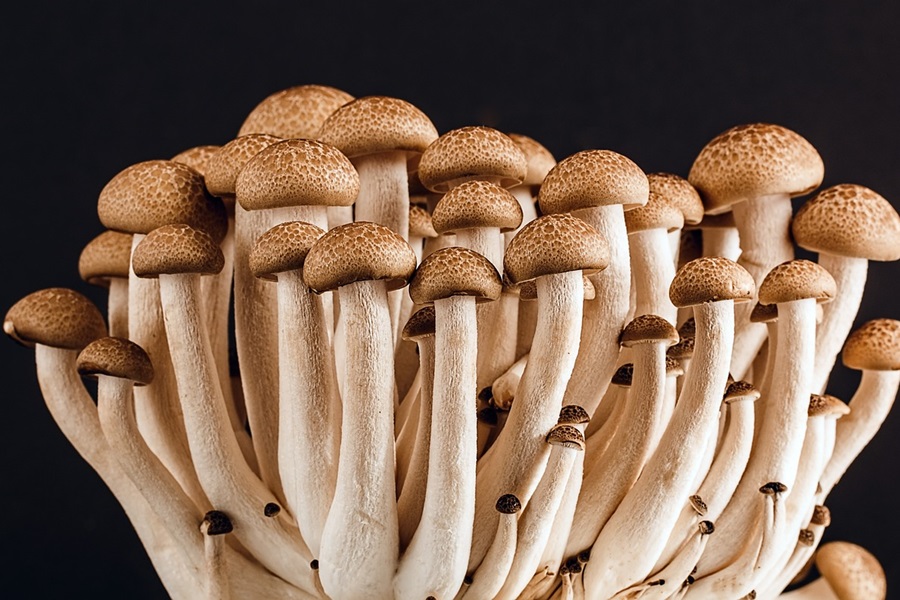
Foraging for Fresh Mushrooms
We all know there are plenty of benefits for growing our produce. However, foraging for mushrooms is not recommended. You will need to know the type of mushroom you want, where it may grow, and if it is one of the edible mushrooms.
You will need to take the time to learn the ins and outs of mushrooms before you can safely forage for your own. A recipe calls for mushrooms with slender stems. You can’t just go outside and find a mushroom with a slender stem to get the job done.
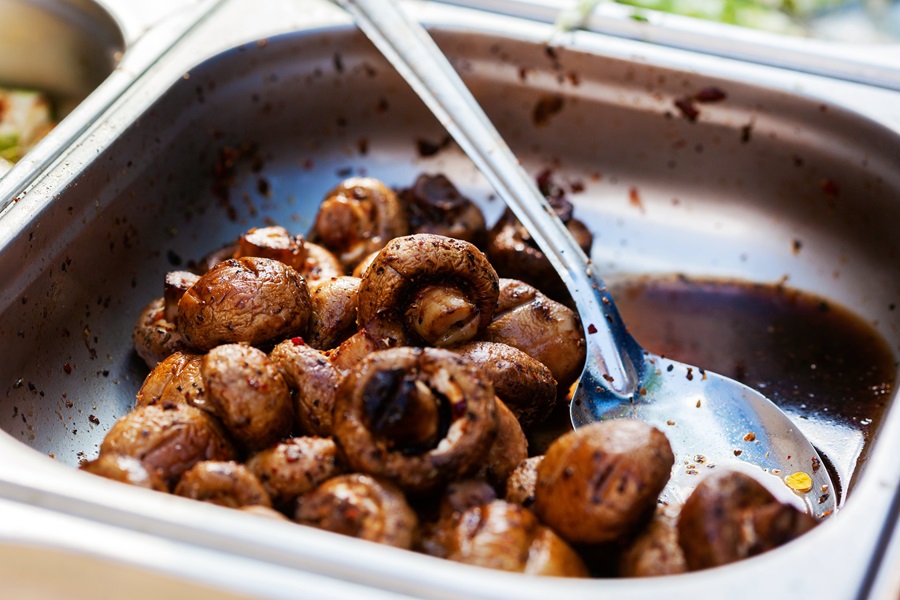
We know we will find edible mushrooms in a grocery store; starting there is safer. This way, you know you can eat the entire mushroom. Wild mushrooms are sometimes tricky to identify, even for seasoned foragers.
You could attempt to grow whole mushrooms at home. However, it is essential to remember that mushrooms are not plants but fungi. They will take longer to grow, though some believe the effort is worth it.
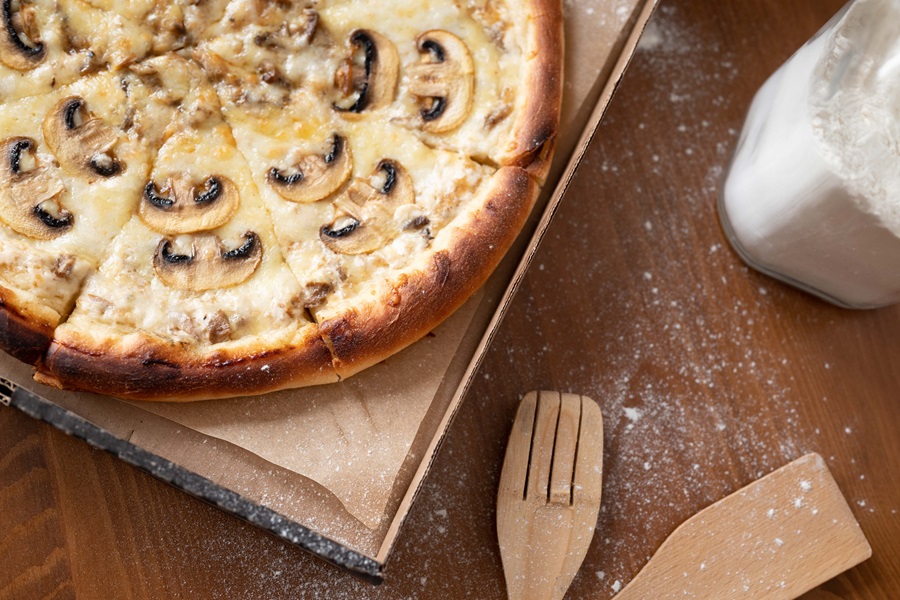
Tips for Growing Mushrooms
Mushroom caps vs stems cooking tips don’t apply when discussing growing. However, growing mushrooms is considered the more rewarding and safer method of enjoying mushrooms. Mushrooms should be grown indoors.
This will help speed up the process and get you more mushrooms than if planted outside. The darker the room you grow the mushrooms in, the better. Remember, these are fungi, not plants. Mushrooms don’t need sunlight to grow.
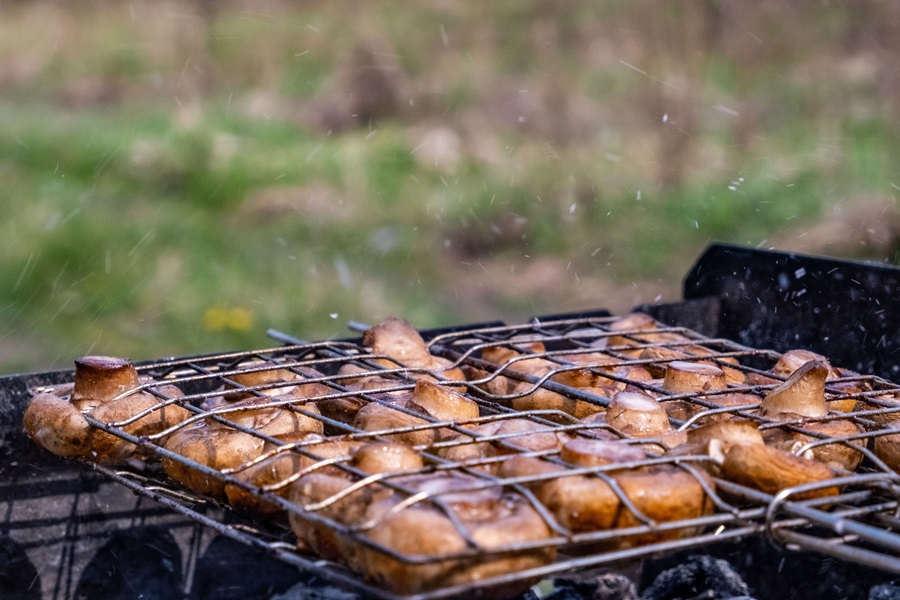
The type of soil you use play important roles as well. You can grow mushrooms in different topsoil contents, but the most common include hardwood sawdust, composted manure, wood chips, or even coffee grounds.
You can inoculate mushrooms two ways: by spore or by mushroom spawn. Mushroom spawn is recommended for first-timers. But you can try spores next time you want to grow mushrooms.
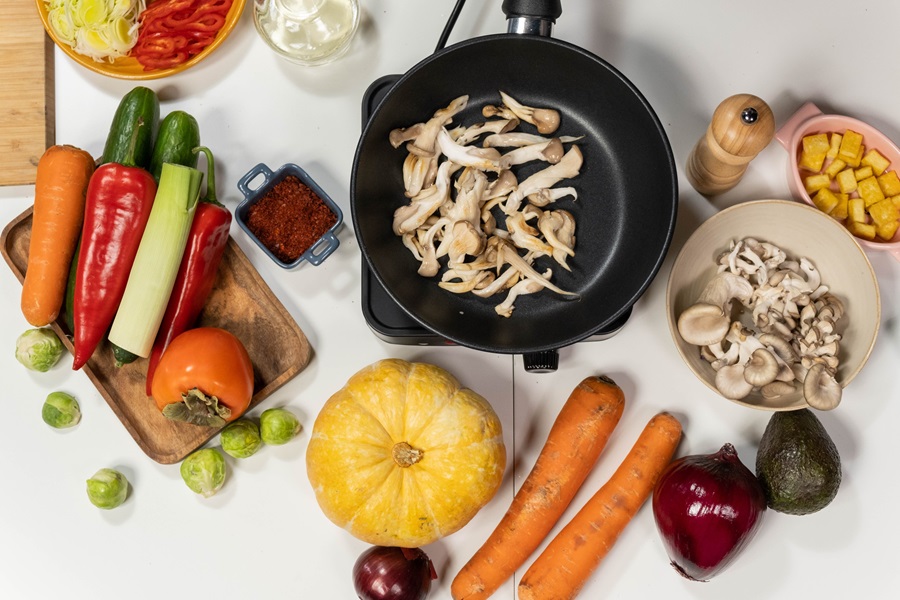
Lastly, ensure the space in which you develop your mushrooms is temperature-controlled. Ideally, you want 70 degrees Fahrenheit for the first few days and between 50 and 60 degrees Fahrenheit for the rest of the growth.
This way, you don’t have to worry about environmental factors.
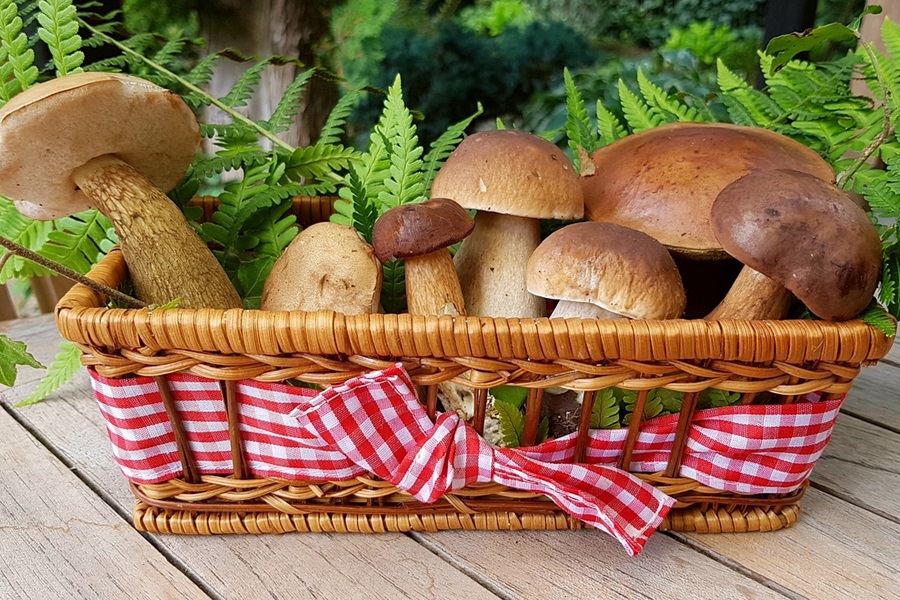
How to Store Mushrooms
Storing mushrooms isn’t as easy as tossing them in the freezer. Mushroom caps vs stems cooking tips can help us learn how to store a mushroom’s parts properly. The goal is to extend the flavor and texture as long as possible.
There are three options to develop the taste of mushrooms. First, you need to sautee the mushrooms. Then, move the cooked chopped mushroom mixture to a baking sheet and separate the mushrooms.
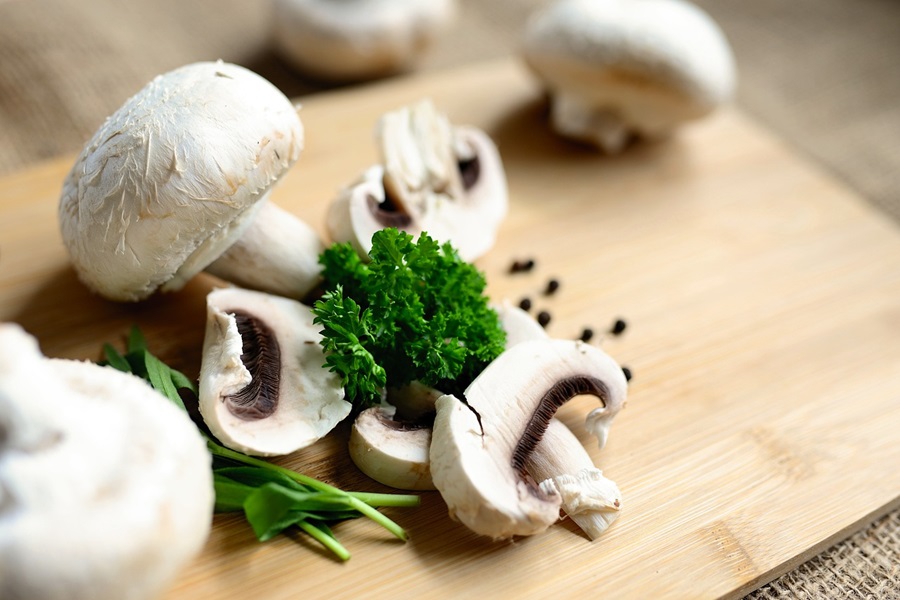
Place them in the freezer and then move to a freezer bag once frozen. This method works for all edible mushroom varieties. Another option that some may consider the better option is to dehydrate them.
Simply bake them at a low temperature or dry them with a dehydrator. You can then grind them into a fine powder, which can be used to add mushroom flavor to broths or sauces.
Lastly, you can pickle the mushrooms. Simply place the mushrooms into a pickling fluid and keep them in the fridge for about a month. These are just more ways we can use the whole mushroom.
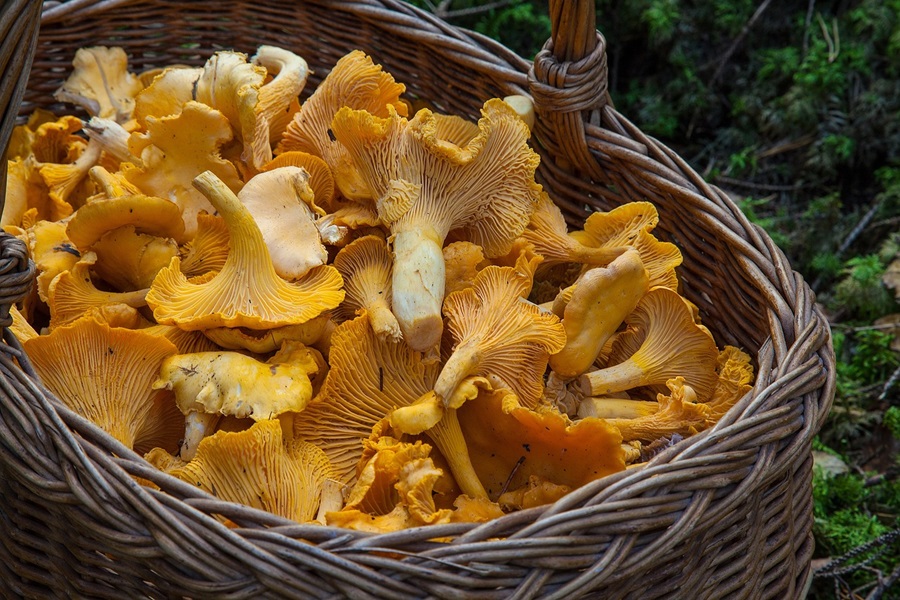
Common Edible Mushrooms
Picture a mushroom. Many of us will think of the amanita muscaria mushroom. This mushroom has a red cap with white circles and a white stem. However, that mushroom is a poisonous one. Another option would be honey mushrooms.
They sound deliciously sweet but are very acidic. Most people find them indigestible, so they aren’t prevalent in cooking. So, which mushrooms are safe to eat? The possibilities are endless since so many are considered safe to eat.
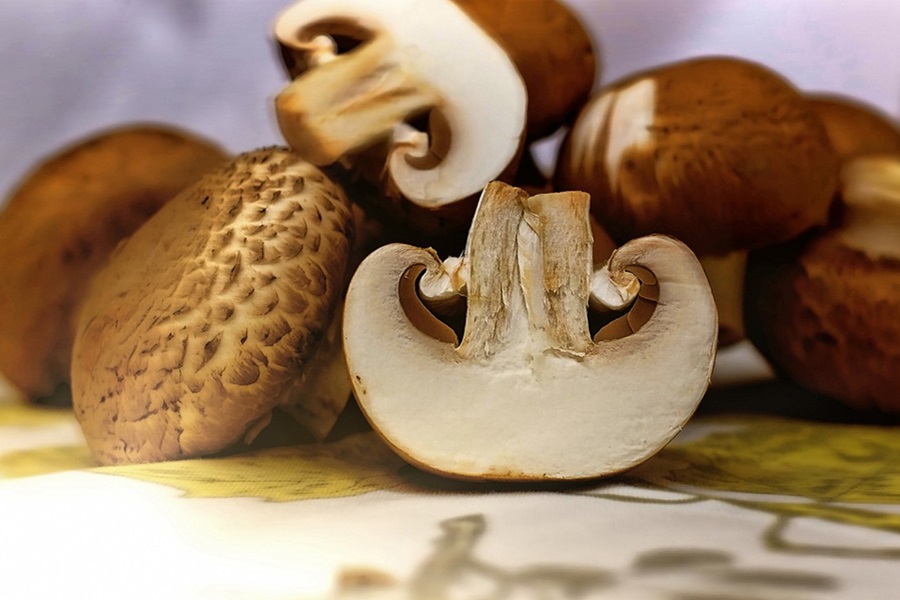
We will most likely come across button mushrooms, portobellos, shiitake, shimeji, chanterelle, morel, king trumpet mushroom, or king oysters. You will use these mushrooms most often, and all of their stems can also be used in cooking.
The mushrooms you find in the little baskets at the grocery store are most often white mushrooms or Agaricus bisporus mushrooms. They have many names, like white button mushrooms or portobello, but they are the most delicious and, therefore, the most common types of mushrooms found in cooking.
The white mushroom has a small cap, and the white gills are removed.
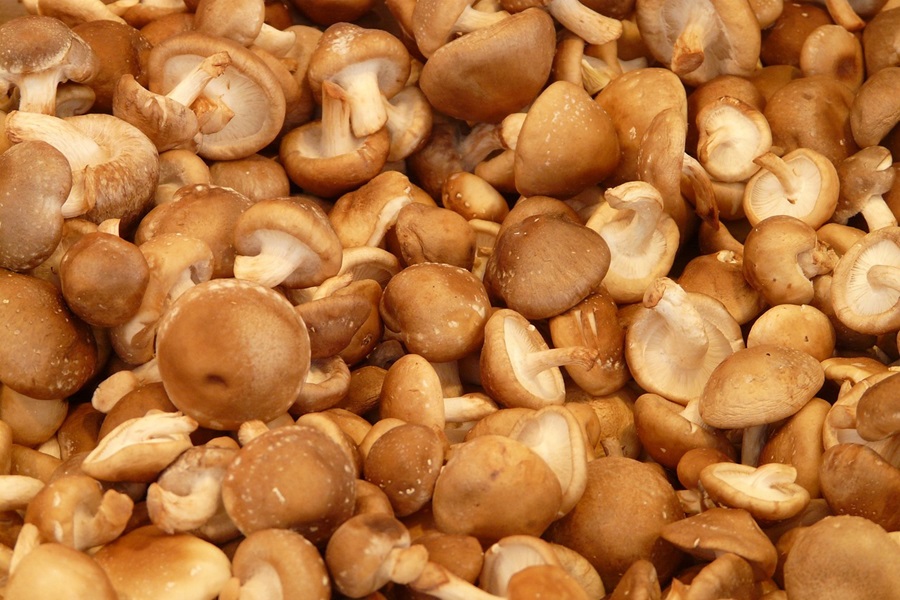
Tips for Sauteeing Mushrooms
There is a difference between mushroom caps vs stems cooking tips when it comes to sauteeing. Sauteeing mushrooms can be tricky for some people. Butter is a good option as a searing agent when sauteeing mushrooms.
However, you can also use olive oil, soy sauce, or balsamic vinegar. You can also add garlic, thyme, or Worcestershire sauce to enhance the flavors. But the biggest tip is to use medium to medium-high heat.

Never sautee mushrooms on high heat; the outside will burn faster than the inside becomes tender. Some recommend that stirring is a bad idea. Instead, cook mushrooms like you would a steak.
Lay them in the frying pan with the butter and stir once to coat. Then let them sit until the edges start to get golden brown. Then, flip the mushrooms and let them cook some more.
Roughly 5-10 minutes. This is how you get that tender, flavorful bite.
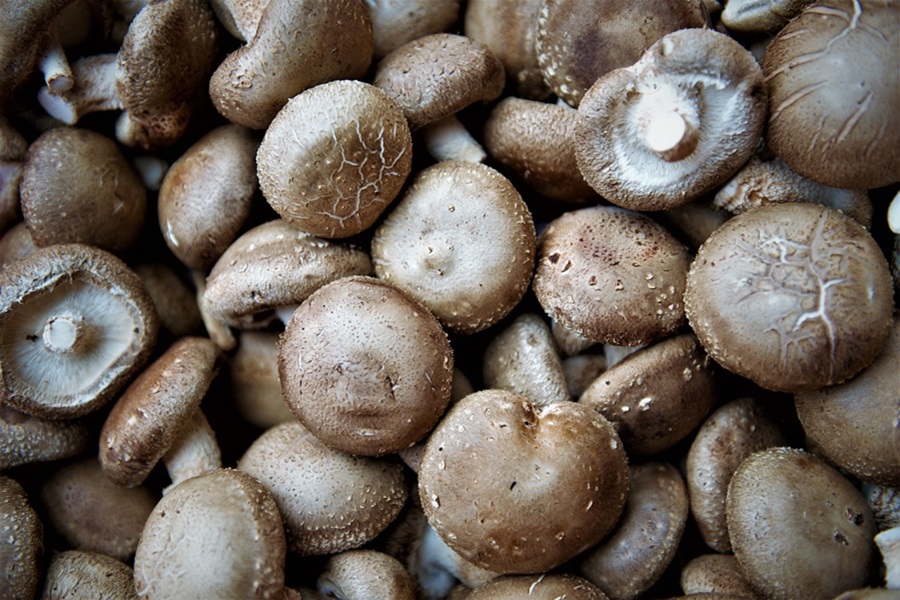
Common Mushroom Recipes
Mushrooms are added to many different types of recipes. White bean soup is a common recipe that calls for mushrooms. But you can also add mushrooms to pizzas, sauces, or pretty much any meat dish.
One tip is to use fresh mushrooms in addition to cream of mushroom soup if a recipe calls for the soup. This will enhance the mushroom flavor but also give the dish more of a bite. Some of the easiest crockpot recipes with mushrooms include:
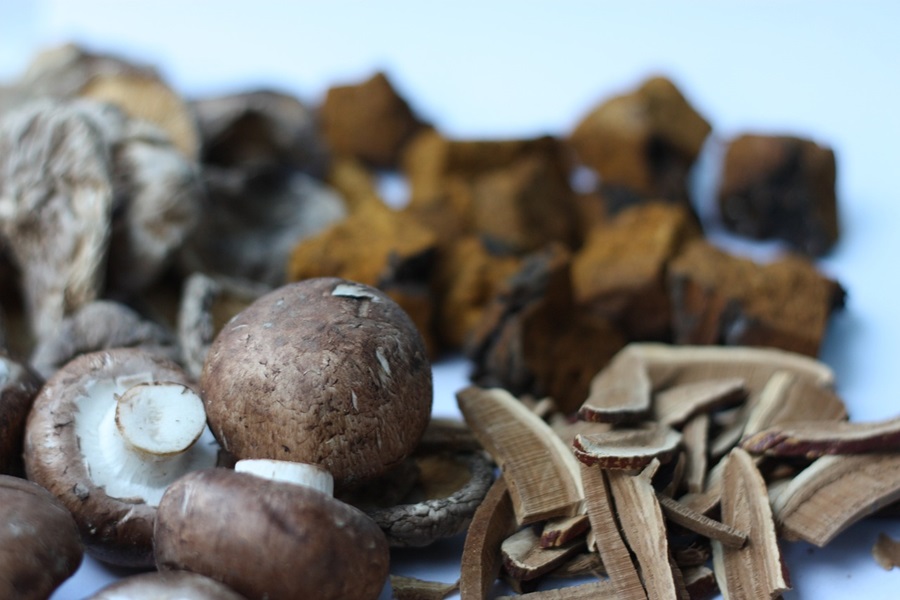
- Healthy Crockpot Breakfast Casserole Recipe
- Healthy Slow Cooker Beef Stew
- Slow Cooker Beef Stroganoff With French Onion Soup
- Dairy Free Slow Cooker Beef Stroganoff
- Crockpot Pork Chops With Cream Of Mushroom Soup Recipe
- How To Make Healthy Crockpot Pizza Casserole
These recipes make cooking with mushrooms much easier. And now we know mushroom caps vs stems cooking tips to help us make better, less wasteful choices.
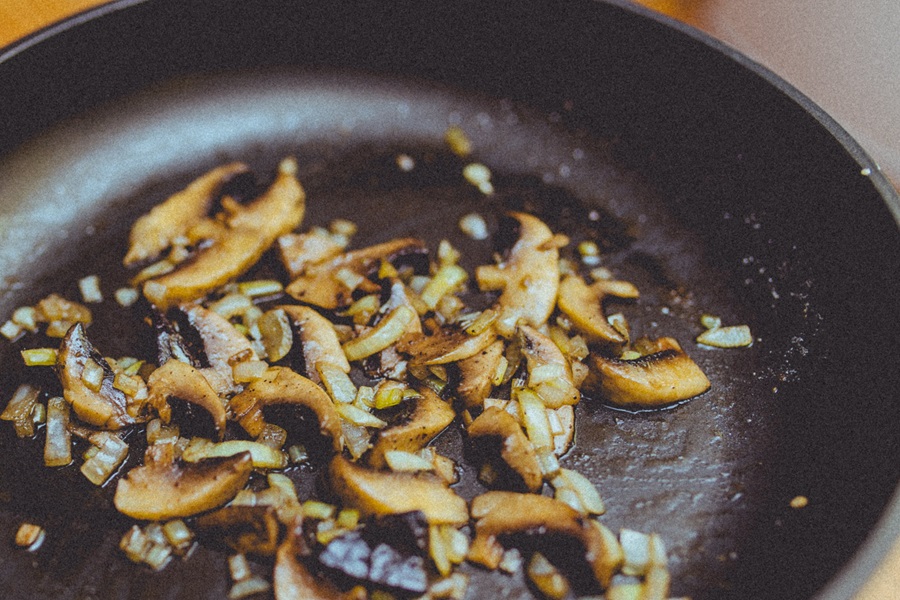
Common Mistakes When Cooking Mushrooms
We will want to avoid a few common mistakes when cooking mushrooms. Mushrooms must be properly washed, even if picked up from a grocery store. They should be washed whole, not sliced, and dunked in water for 10 to 15 seconds.
That will clean them enough to make them safer to eat. We also don’t want to slice mushrooms too thinly. Mushrooms shrink during the cooking process, much like meat.
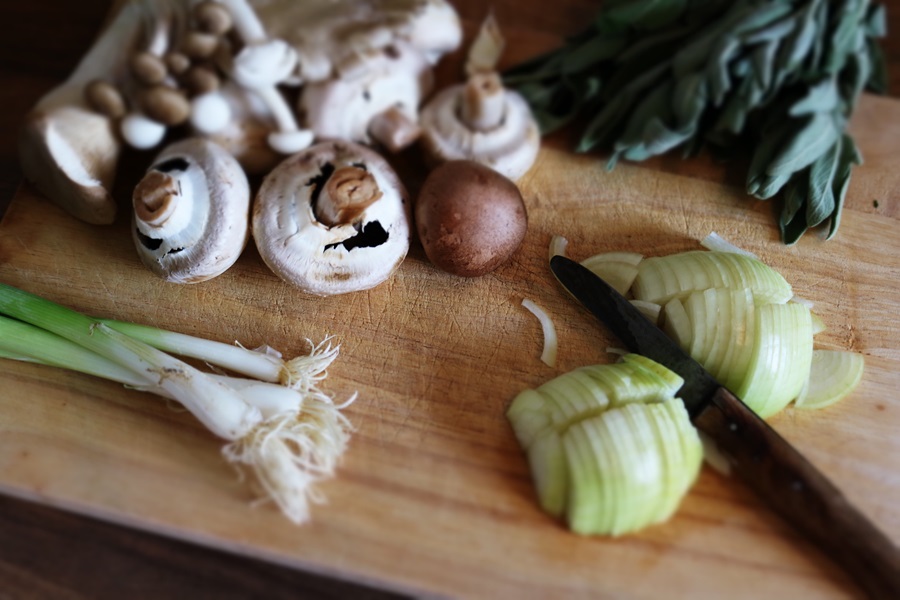
So you will want to make them ½ inch thick, no matter what type of recipe you’re making. Lastly, we don’t want to undercook the mushrooms. People often think mushrooms are delicate and don’t need much cooking time.
But the goal is to get the water out of them, which takes about 5-10 minutes per side. This is everything you need to know to start cooking with edible mushrooms.
